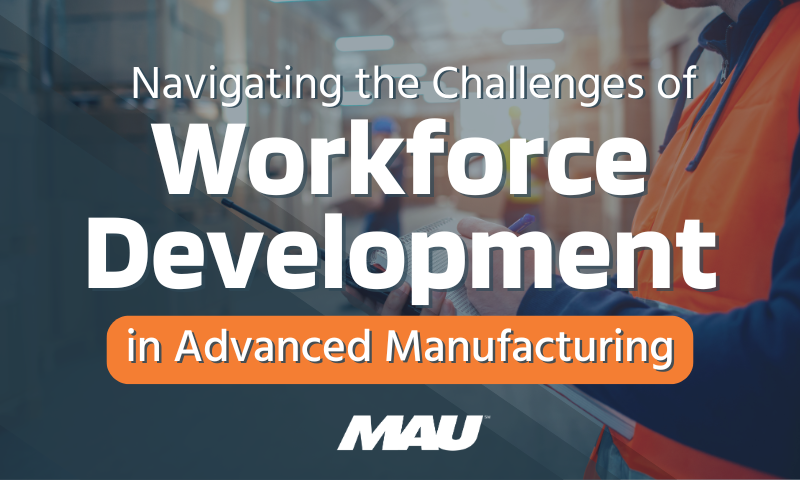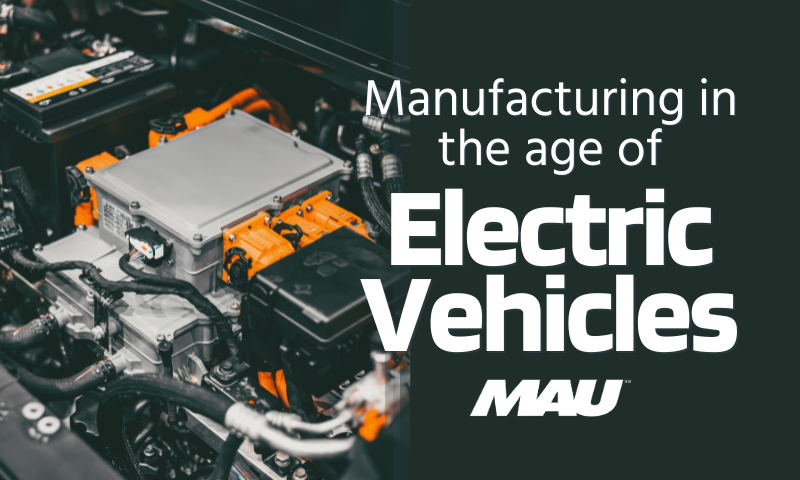During peacetime, we fail to recognize how intertwined and complex the global supply chain is and take for granted its typical efficiency. It takes a crisis for many of us to see just how important these supply lines are, and how reliant we are on their continued success.
While the war on Ukraine is above all else a humanitarian tragedy, it’s also a Russian-sized wrench thrown into the global economy, and in particular, the global automotive industry.
The Global Supply Chain In Crisis
Ukraine and Russia are major suppliers of several important goods including oil, gas, wheat, and metals. The war has all but ceased exports from both countries, leaving major gaps in the supply chain.
At a glance:
- Ukraine accounts for 70% of the world’s neon, a substance used in the production of computer chips.
- Russia was the largest supplier of natural gas and oil to the European Union last year.
- The 5 most valuable exported products from Ukraine generated 42.1% of the Eastern European country’s total international sales in 2020.
- Russia exports a number of elements critical to the manufacturing of semiconductors, jet engines, automobiles, and medicine.
- Ukraine has been nicknamed “the breadbasket of Europe’ and has the ability to provide food for half a billion people, with roughly 32 million hectares of land is cultivated every year.
The Impact on the Oil and Automotive Industry
Shortages in any of these areas could prove catastrophic, especially for the global automotive industry. Russia and Ukraine provide a significant portion of the elements essential for the production of both gas-powered and electric vehicles, and key countries in the supply chain, like Germany, and major automotive manufacturers are already feeling the strain.
Reuters reports that Volkswagen and BMW are already scrambling to find alternative sources of vital parts made in Ukraine from as far afield as China and Mexico. Up-and-coming EV manufacturer, Rivian, has cut its production forecast nearly in half, anticipating out of only 25,000 vehicles. Tesla has hiked its prices to cope with rapid inflation of the cost of raw materials.
Consumers are facing inflated prices at the pump due to the rise in Crude oil costs, with prices recently crossing $90 per barrel, representing an increase of more than 20% this year and a rally of more than 80% since the beginning of 2021. Where oil prices go, wholesale and retail prices for gasoline eventually follow, which is why we’re seeing a nearly 25% increase in the cost of gas since the beginning of the year.
Looking Ahead
It’s likely that these supply chain issues will only compound each other, with the rise in gas prices directly contributing to an increased demand for EVs. Car shopping site Edmunds, reports the number of people searching for electric vehicles jumped 39% from February to March, providing a much-needed boost to the cultural challenges EV manufacturers have historically faced.
However, a combination of supply chain constraints, the global chip shortage, higher-than-average prices, and low inventory at dealerships will keep EVs out of reach for most people.
But the cultural impact of this crisis will likely stick around much longer than the supply chain constraints, leading to a potential spike in demand over the coming months. The key factor for a successful recovery and capitalizing on the increased demand is how adaptable the automotive supply chain can be in the upcoming months.
For more information about the changing Automotive Industry and the Electric Vehicle movement, check out our Automotive Supply Chain White Paper.




